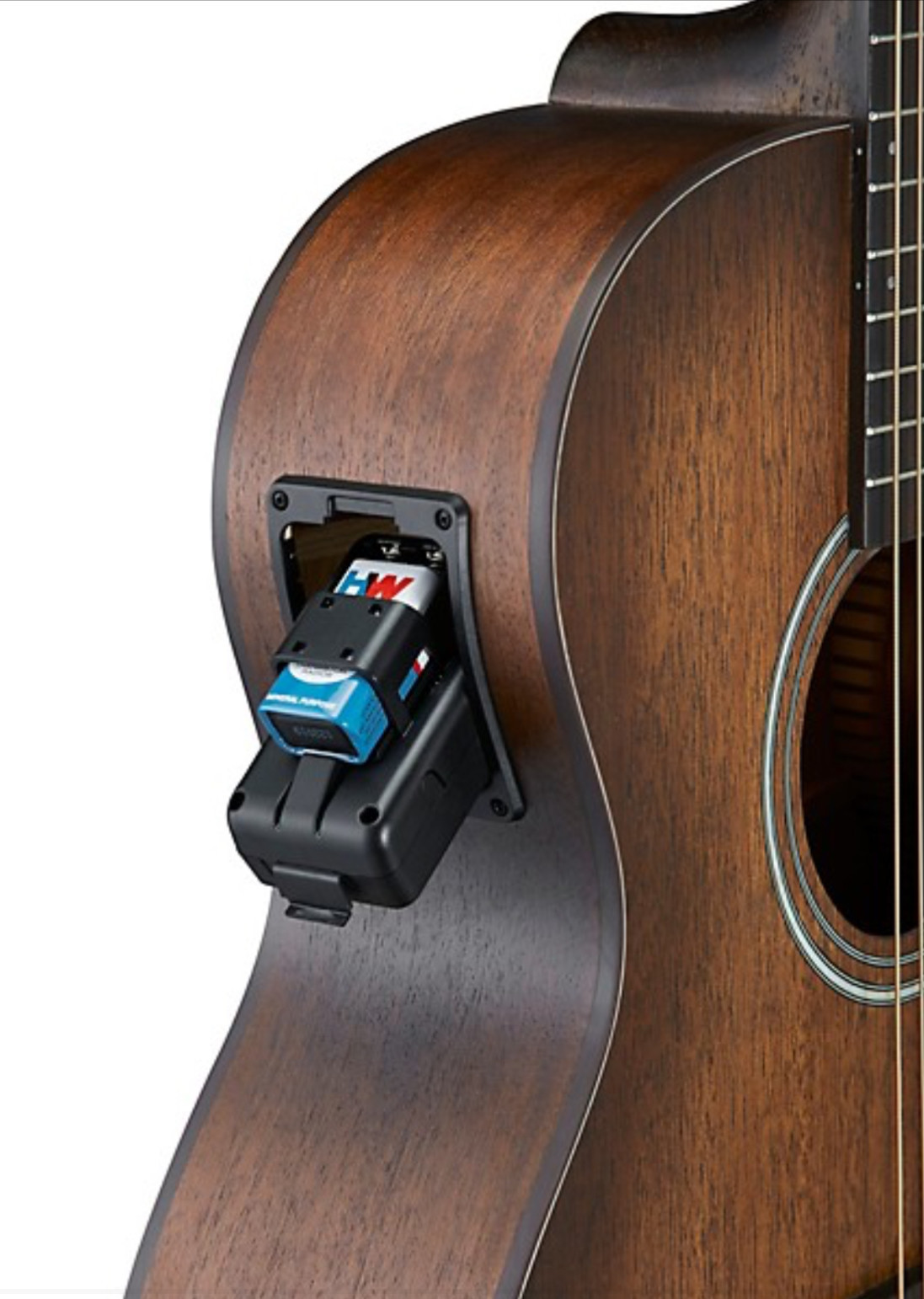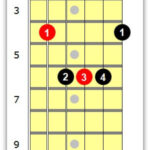Experiencing silence from your Mitchell acoustic-electric guitar when you plug it in can be frustrating, but often the issue is something you can resolve at home. Before assuming a major problem, let’s go through some basic troubleshooting steps to get you playing again. This guide assumes you are using an amplifier, ideally an acoustic guitar amp like the Acoustic brand A15V mentioned in many setups, although the principles apply to most amplifiers. Let’s check a few things before you consider a trip to the music store.
First, let’s verify if your amplifier is functioning correctly. Is it powering on when plugged into a wall socket? A simple check is to look for a power light or any sign of activity. If the amp shows no signs of power, ensure the power outlet itself is working by testing another device. If the outlet is fine and the amp remains unresponsive, the amplifier itself might be the issue.
Next, let’s test the amplifier’s input and your cable. Plug a standard instrument cable into the input jack (usually input 2 is a good starting point if your amp has multiple inputs). Turn up the volume knob for that input on your amp. Now, carefully touch the open end of the cable – the end not plugged into the guitar. Do you hear a buzzing or humming sound from the amplifier?
If you hear a buzz, this is a good sign! It indicates that the amplifier and the cable are likely working correctly. If you don’t hear any buzz when touching the cable end, the problem could be with the amplifier input, the cable itself, or less likely, the power to the amp even if it seems to be on. Try a different cable if you have one to rule out a faulty cable.
Assuming the amp and cable seem to be working, the next most common culprit for no sound in an acoustic-electric guitar, especially a Mitchell model, is the battery. Most acoustic-electric guitars, including Mitchell guitars, rely on a 9-volt battery to power the preamp and often the built-in tuner. Without a functioning battery, the guitar’s electronics won’t operate, and you’ll get no amplified sound.
The battery compartment is usually located near the electronic controls on your Mitchell guitar. A common location is under the controls on the upper bout of the guitar’s body.
 Battery compartment location on a Mitchell acoustic-electric guitar. The battery compartment is typically found near the electronic controls on the guitar's body.
Battery compartment location on a Mitchell acoustic-electric guitar. The battery compartment is typically found near the electronic controls on the guitar's body.
Sometimes, a new guitar might ship without a battery installed, or with the battery still wrapped in plastic to prevent discharge during shipping. Locate the battery compartment on your Mitchell guitar and open it. Check if a battery is present. If the compartment is empty, you’ll need to install a fresh 9-volt battery. If there is a battery, ensure it’s installed correctly, paying attention to the positive and negative terminals. Also, remove any plastic wrapping that might be preventing contact. It’s always wise to test with a new battery to ensure a weak or dead battery isn’t the problem.
Finally, some guitars have a built-in tuner that can mute the output signal when engaged. Make sure the tuner function on your Mitchell acoustic-electric guitar is turned off when you are testing for sound through the amplifier. An active tuner can sometimes be easily overlooked as the reason for silence.
If you’ve gone through all these steps – checked the amp power, tested the cable and amp input, and ensured a fresh and correctly installed battery in your Mitchell acoustic-electric guitar and the tuner is off – and you still have no sound, then it might be time to consider taking your guitar to a qualified technician or returning to the store where you purchased it. However, for many common “no sound” issues with a Mitchell acoustic-electric guitar, these basic checks will often get you back to playing quickly.

